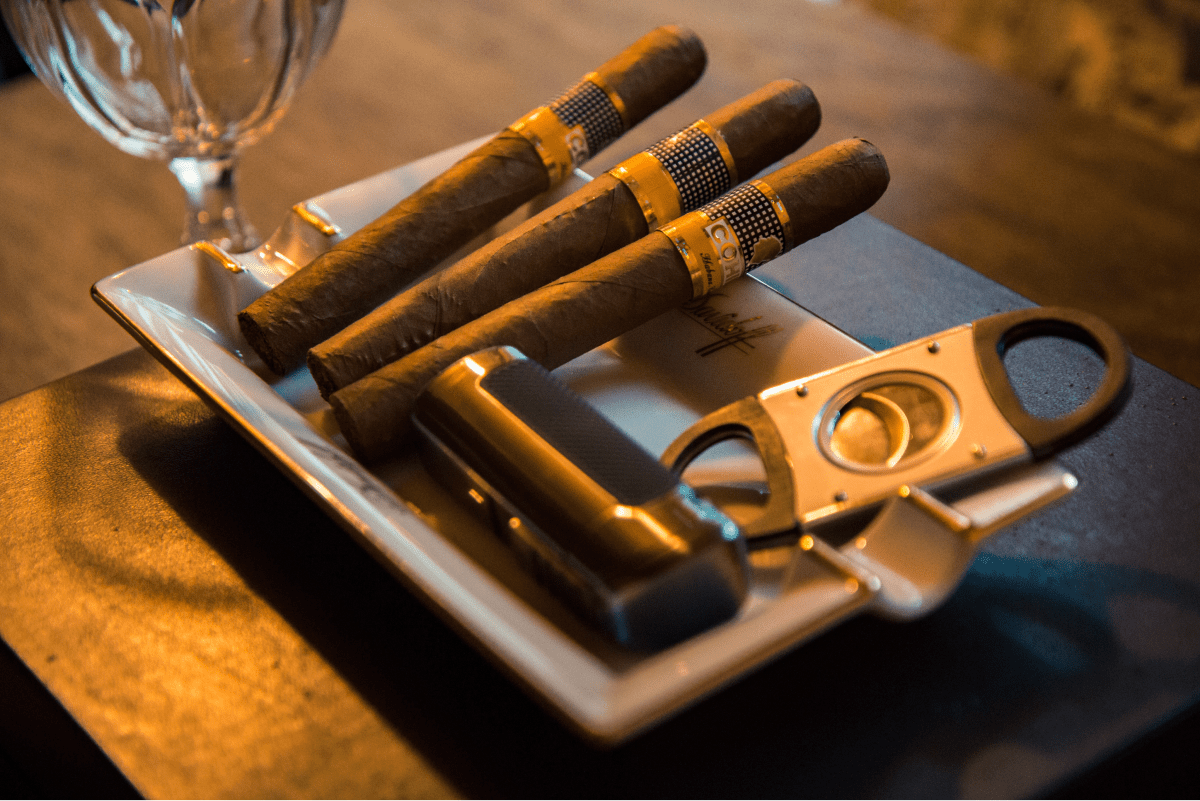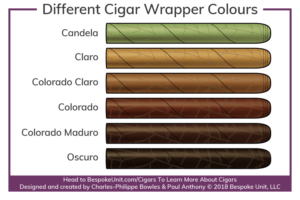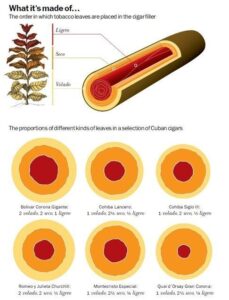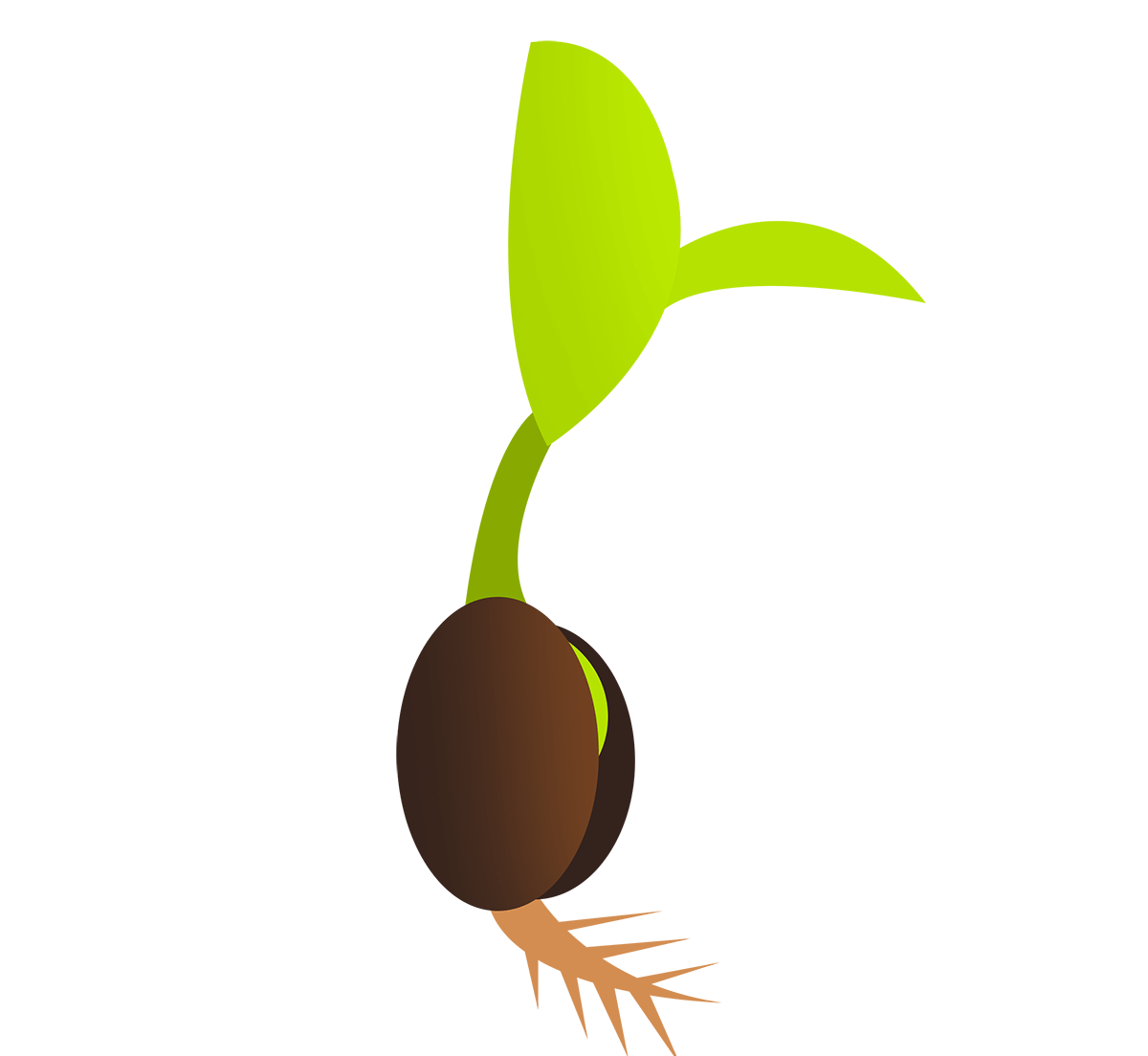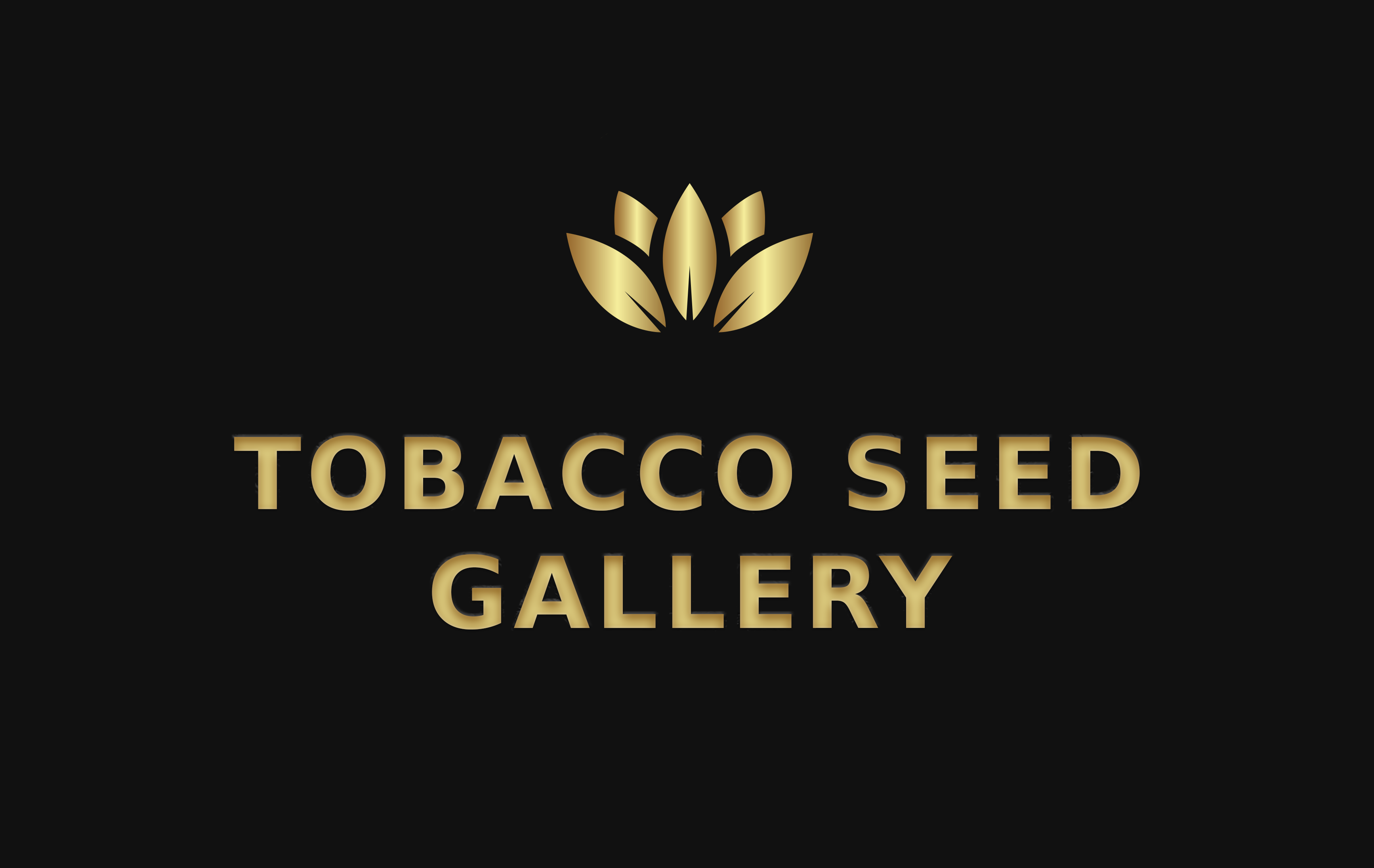Anatomy of a cigar and basic information on cigar blends:
Abstract:
A great number of our customers have asked us to prepare some information about the anatomy of a cigar and blends. I hope that this covers the appetite of our readers.
- The anatomy of a cigar – the choice of leaf:
Cigars are generally comprised of 3 parts (from inside out):
- Filler;
- Binder;
- Wrapper;
Filler,
The filler of a cigar is usually where the Ligero and some Seco leafs are located. Ligero are used for their flavor, Seco for the combustibility, mild flavor and aroma.
The filler of a cigar is where most of its flavor originates from. Putting this into perspective, usually fillers comprise of 2-3 leaves. The least amount of this part of the blend is usually the Ligero leaf.
Depending on the quality of the cigar, fillers are also classified depending on the length of the leaf used in the blend as follows:
- Long Filler:
Long filler is usually used in all premium cigars where the leaves of the filler are used whole;
- Medium Filler:
Medium filler cigars use largely chopped leaves – usually the of leaves used in long filler cigars;
- Short Filler:
Short filler cigars also use chopped leaves which are usually chopped in finer strips (very similar to pipe tobacco);
Binder,
Binders usually comprise of Volado or Seco leaves. They are considered the binding component of the filler. Binder leaves add a lot to a cigar, mainly flavor and combustibility. Additionally, these are the leaves that are high quality but not high enough to become wrapper material. These leaves are usually also much thicker than wrappers.
Wrapper,
Wrapper leaves are the highest quality leaf available. Usually these leaves are Ligero; however they can consist of other primings as well.
Leaves classified as wrapper quality, are free of water stains, imperfections and other minor details. Cigar wrappers are also the most expensive leaf on the cigar and usually the tastiest tobacco (in analogy). Some master blenders say that the wrapper represents approximately 5% of the total cigar flavor whereas others state that the wrapper is like “the dress on a beautiful woman” and that it just makes the cigar look finer, while adding a negligible amount of flavor.
Regardless, the contribution of the wrapper on a cigar is unquestionable.
There are many types of wrapper leaf classifications available. Namely, Colorado, Colorado Claro, Claro, Candela, Colorado Maturo and Oscuro (see figure 1 below).
Oscuro is mistakenly considered as a special type of tobacco, however it’s the quality of tobacco, the fermentation process and the maturity of the leaf that make the leaf oscuro. In other words oscuro is relating to the maturation process not the type of the tobacco used.
Figure 1 – Types Of Wrapper (Source bespokeunit.com)
The most common wrapper type if Claro and Colorado Claro, where it’s used on most Cuban cigars.
The Candela wrapper is a green wrapper that has a leafy flavor, interestingly, they were an accidental discovery where a barn had caught on fire and was slowly burning for a long time. As such candela wrappers are created by harvesting the leaves before they are fully matured, the leaves are then hung in barns and great effort is made to block out any sunlight.
The temperature inside the barn is then slowly increased and stabilized to approximately 175 degrees (80 Celcious) and the humidity kept stable at approximately 75% RH. Unline other processes, candela takes only a few days to complete unlike other curing processes that take a few weeks. Candela wrappers are not linked to any country or region however it is widely considered that this process originated in Mexico at the beginning of the 1900’s.
So,
Cigars comprise of filler, binder and wrapper.
The analogy of the filler is the most important part of the blend whereas the binder and the wrapper are the leaves binding the filler and dressing the cigar respectively, as shown in the photo below:
Figure 2 – Cigar Anatomy
You can read our article about tobacco primings here.
I hope that this article about the anatomy of a cigar was helpful. As we at tobaccoseedgallery.com always say, we are always delighted in hearing the experience of fellow growers as well as sharing more information. So please feel free to contact us directly for any questions, remarks additional information.
